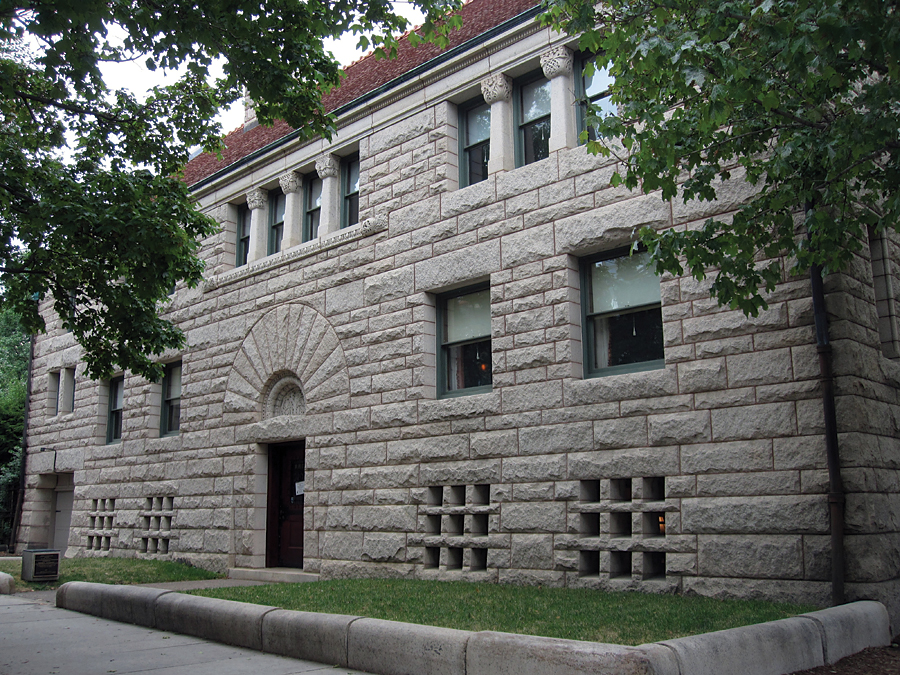Richardson, Henry Hobson (1838-1886), was the first American architect to achieve international fame. He introduced the Romanesque Revival style to the United States and dominated American architectural practice during the 1870’s and 1880’s.
In his buildings, Richardson united a highly developed sense of craftsmanship with the subdued grandeur of the Romanesque style. He used stone and wood for public buildings, and wood and wood shingles for many of his houses. His work, notably the Marshall Field Wholesale Store (1887) in Chicago, profoundly influenced Louis H. Sullivan and other architects. Richardsonian Romanesque is a term used loosely to describe buildings in stone or shingle with large round-arched openings. See Architecture (Early modern architecture in America) (Romanesque architecture).

Richardson was born on Sept. 29, 1838, on a plantation near New Orleans. He was educated at Harvard University and in Paris and settled in Brookline, Massachusetts, in 1874. His first major work, the Trinity Church (1877) in Boston, contained the basic elements of Richardson’s style. It was built of monumental cut stone with an asymmetrical plan and French Romanesque forms. Richardson designed several public libraries in the Boston area as well as buildings for the Harvard campus. His other commissions include the Glessner House (1887) in Chicago and the Allegheny County Courthouse and Jail (1888) in Pittsburgh, Pennsylvania. He died on April 27, 1886.
